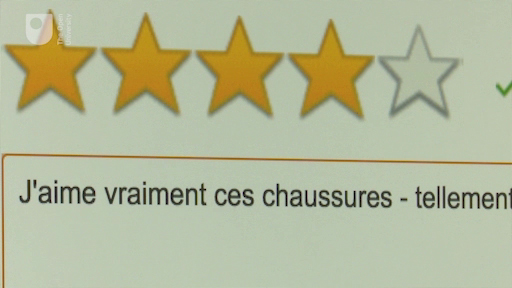2.2 Resources: designed for native speakers
Watch this next video about resources not primarily designed for language learning.

Transcript
A very useful aspect of these types of resources is that they can cater to all tastes and help you personalise your learning. Looking for equivalents in your target language of the type of material you like to read, watch or listen to in your own language will mean that you can expand your vocabulary and knowledge of your favourite subjects and improve your language in those areas at the same time. Whether you like current affairs, comic-books, style magazines, history, cinema: all these and many more are catered for.
Check nearby or online bookshops for materials available. If you are a member of a steaming or rental film provider, check whether they carry films and TV programmes in the language you are learning.
Laura says:
I like to watch programmes with subtitles in the target language, or turn them off completely, depending on how I feel. I also sometimes change the audio to watch English-language shows with Spanish dubbing.
